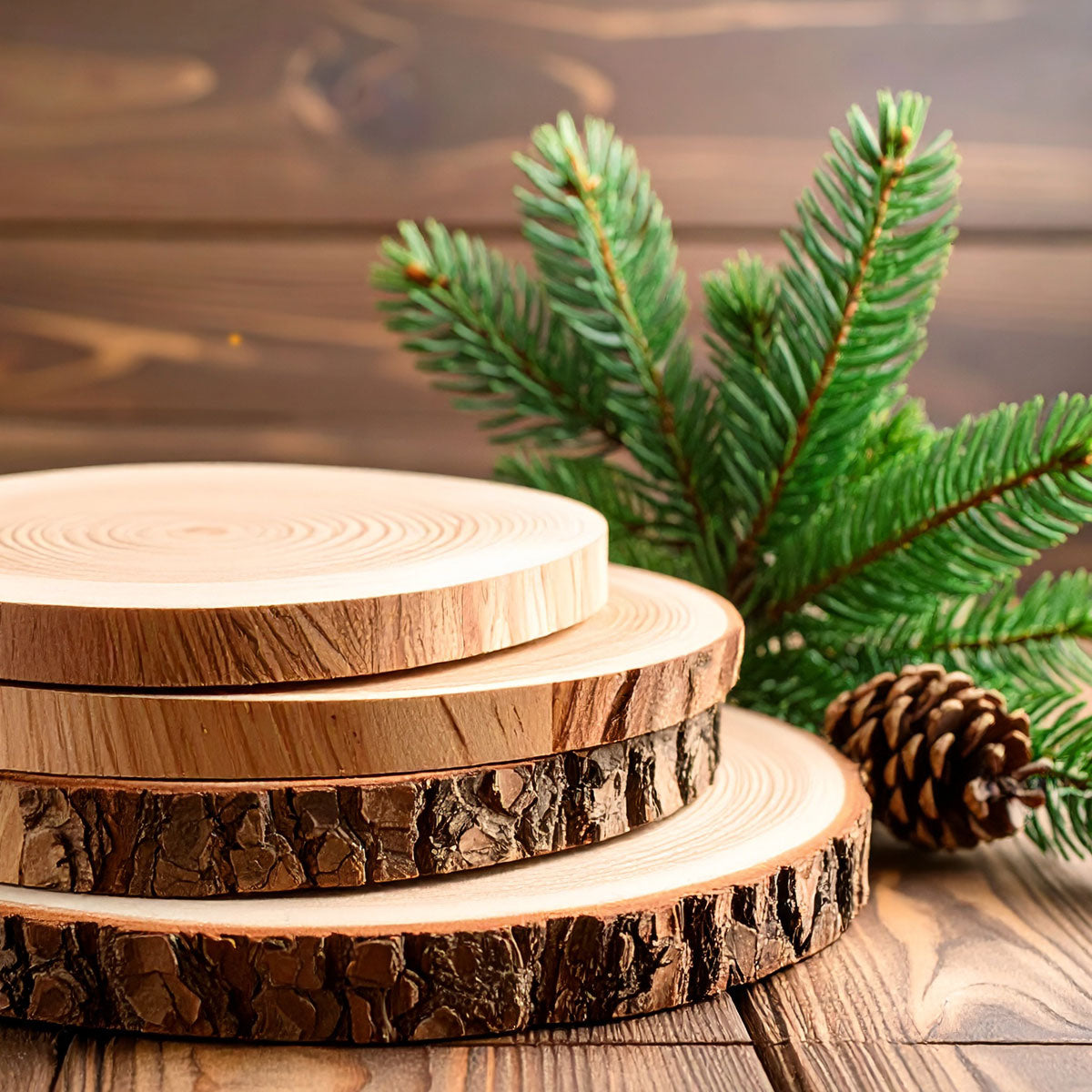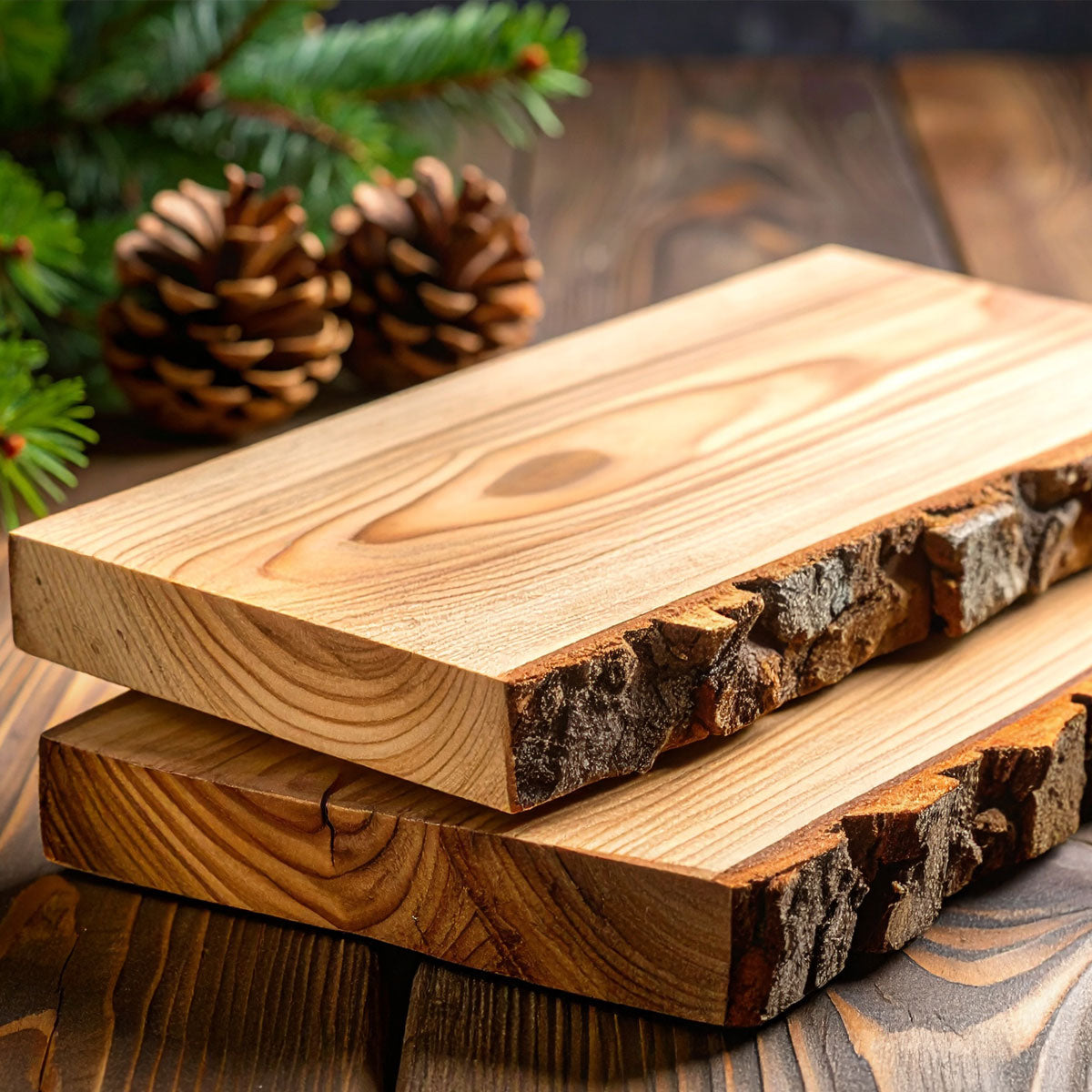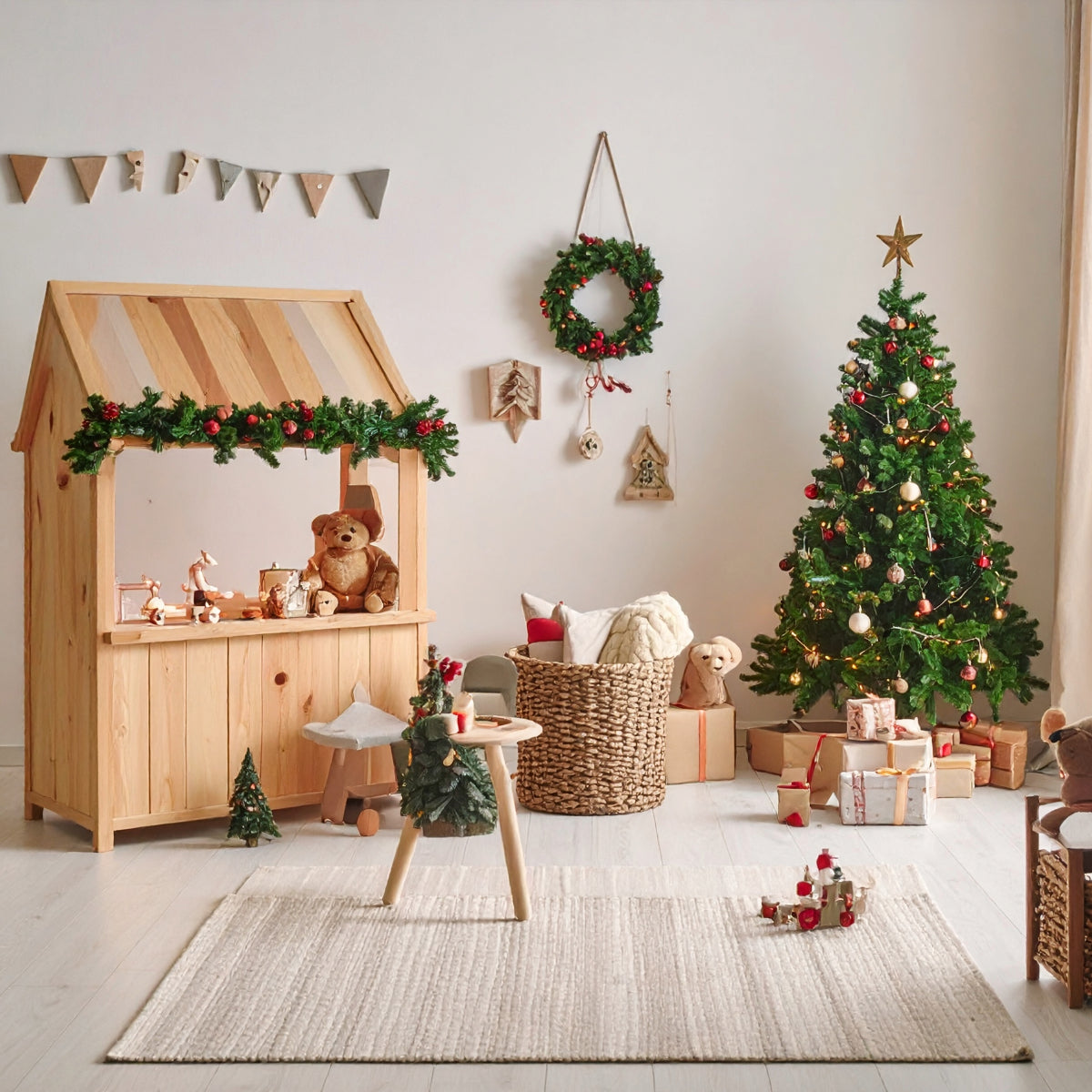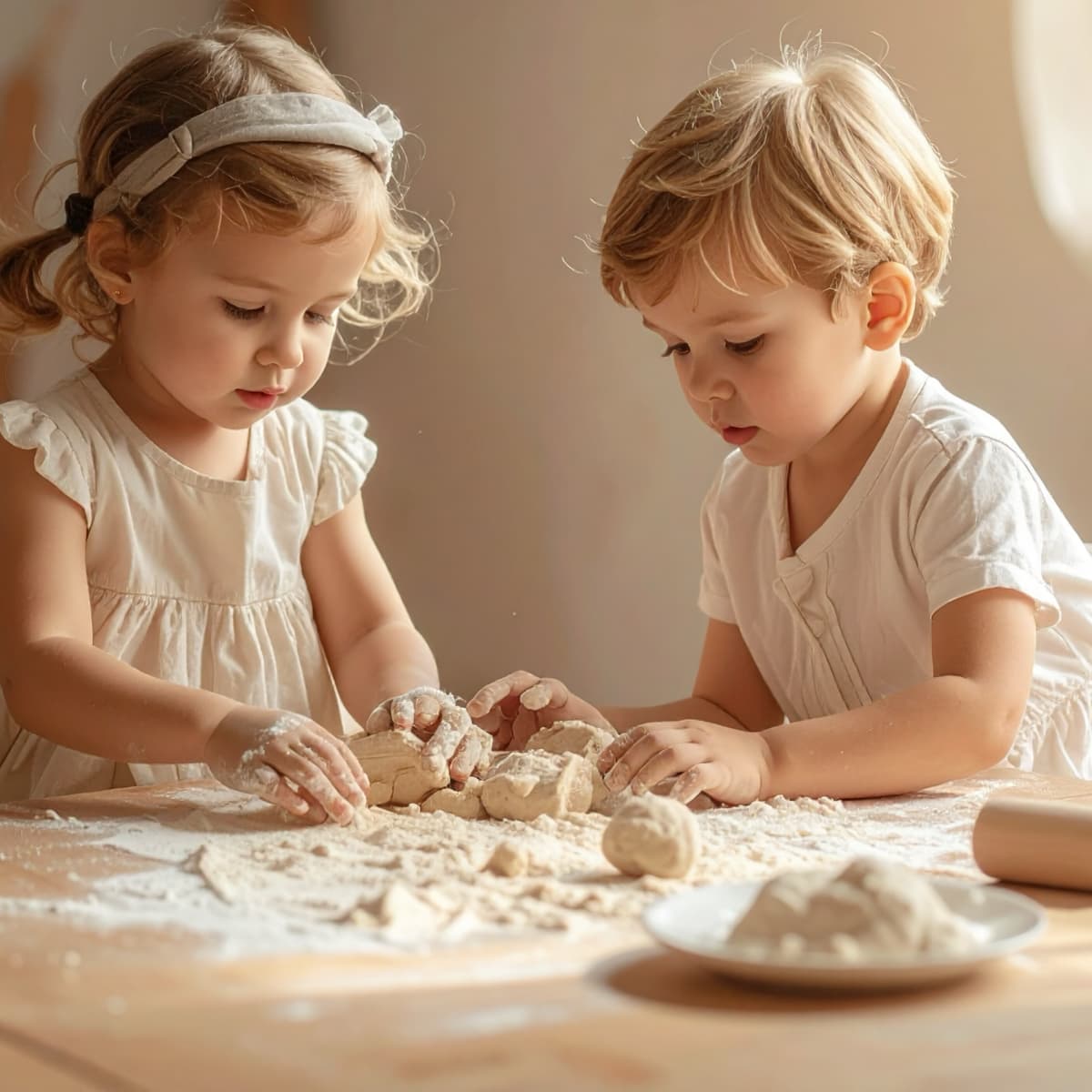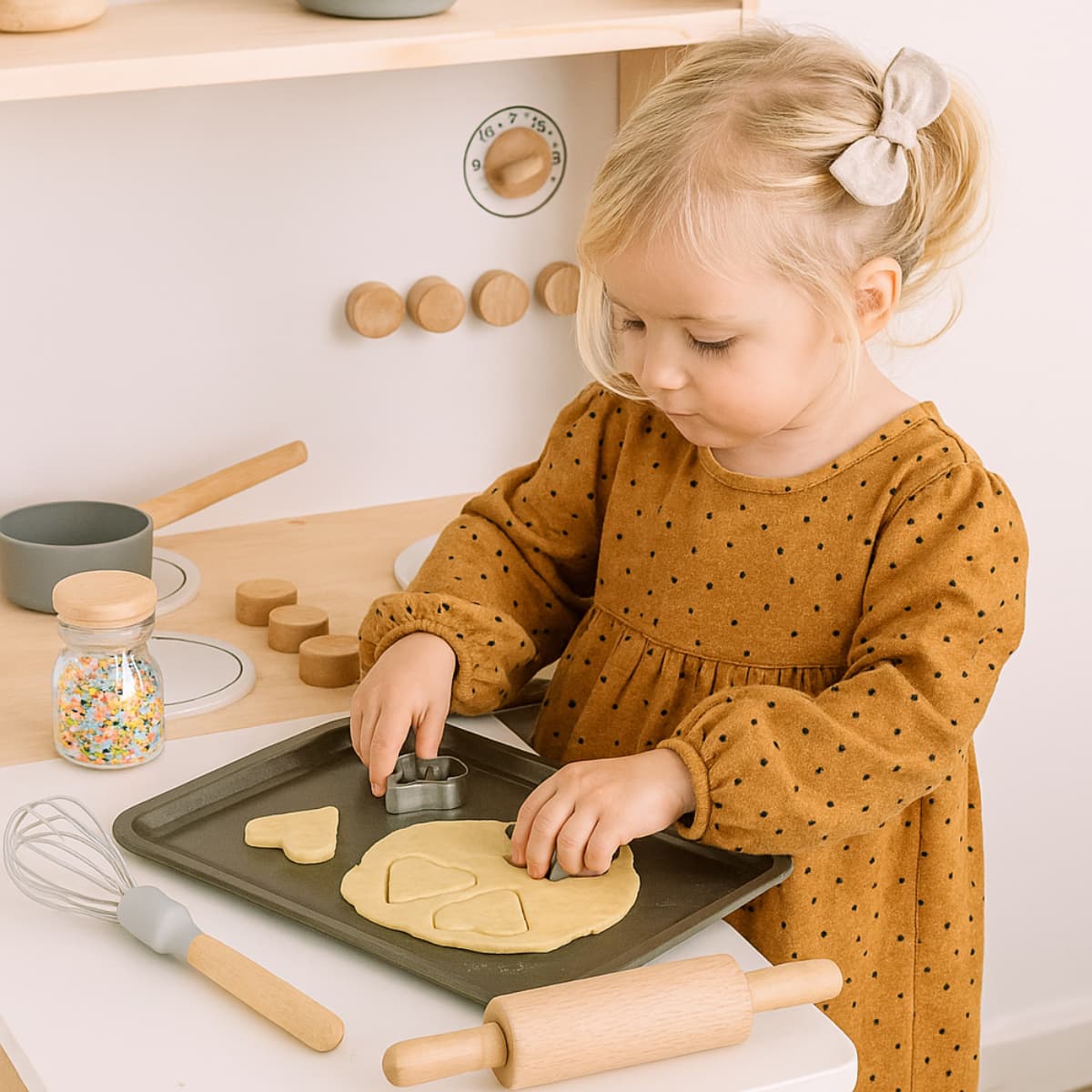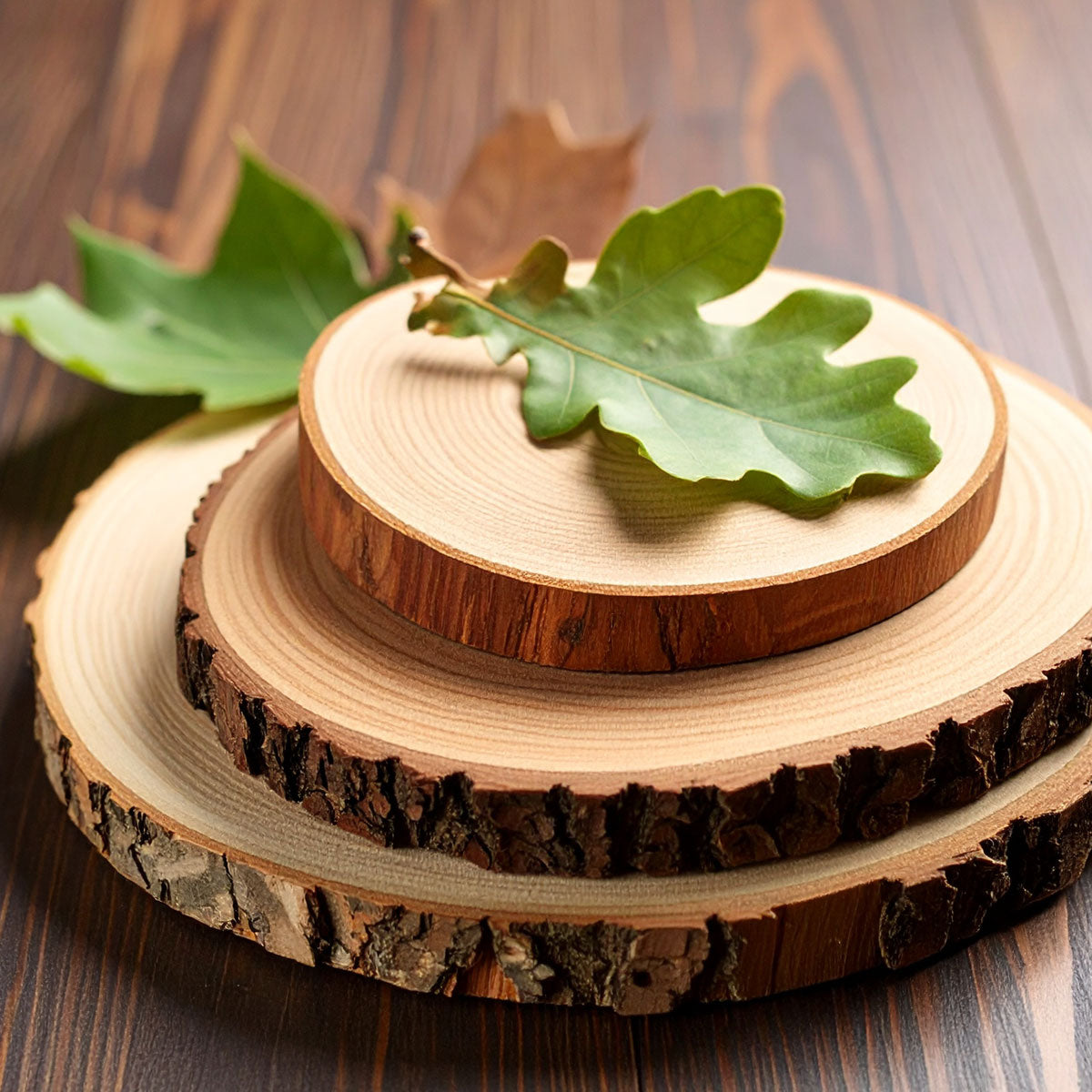
Hardwoods
Hardwoods – Properties, Uses & Special Features
Hardwoods come from deciduous trees that shed their leaves in autumn and regrow them in spring. They belong to the group of angiosperms and are characterized by a complex cellular structure with visible pores. Many hardwoods are dense, strong, and durable, making them ideal for high-quality furniture, toys, and interior design.
Origin & Species
-
Genus: various deciduous trees
-
Common species: beech (Fagus sylvatica), oak (Quercus robur), maple (Acer spp.), ash (Fraxinus excelsior), birch (Betula spp.), walnut (Juglans regia), cherry (Prunus avium)
-
Distribution: Europe, Asia, North America
-
Sustainability: mostly slow-growing, but regionally available and ecologically valuable
Appearance & Structure
-
Color: ranges from light (maple, birch) to dark brown (walnut)
-
Grain: diverse – from uniform to lively and decorative
-
Surface: smooth, polishable, often with natural sheen
-
Special feature: wide variety of textures and tones – ideal for design and craftsmanship
Technical Properties
| Feature | Description |
|---|---|
| Hardness | Medium to high – depending on species |
| Density | Mostly above 550 kg/m³ – heavier than softwoods |
| Workability | Good for sawing, planing, sanding, and finishing |
| Elasticity | High – many species are tough and flexible |
| Durability | Varies – oak and robinia are very durable, beech less so |
| Drying | Slow – prone to cracking if dried improperly |
Applications
-
Furniture: high-quality solid wood furniture, veneers, design pieces
-
Toys: educational wooden toys, sound objects, building blocks
-
Interior design: parquet flooring, stairs, doors, wall cladding
-
Musical instruments: guitars (maple), pianos (walnut), drums (ash)
-
Kitchenware: cutting boards, spoons, bowls
-
Paper production: pulp from birch, eucalyptus
-
Firewood: beech and oak with high heating value
Advantages
-
High strength and durability
-
Decorative appearance – varied and individual
-
Good workability for crafts and industry
-
Regionally available and ecologically relevant
-
Ideal for toys with educational value
Disadvantages
-
Generally more expensive than softwood
-
Sometimes sensitive to moisture
-
Slow drying – risk of warping if stored improperly
-
Not all species suitable for outdoor use
Conclusion
Hardwoods are versatile, high-quality materials for furniture, toys, and interior applications. Their strength, decorative grain, and ecological value make them a preferred choice for durable and responsibly designed products – especially in educational and creative contexts.

